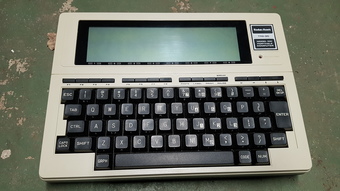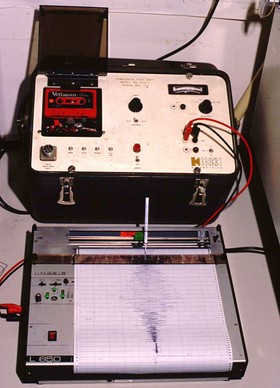ILIHA
NARS ILIHA (1988 – 1989)
The Iberian Lithosphere Heterogeneity and Anisotropy (ILIHA) project was set up to increase our knowledge of the Iberian lithosphere and upper mantle structure through deep seismic sounding and broadband seismological studies. Fourteen broadband stations of the NARS network were installed in Spain and Portugal for the period of one year (1988-1989) to record body and surface waves of teleseismic and local earthquakes.
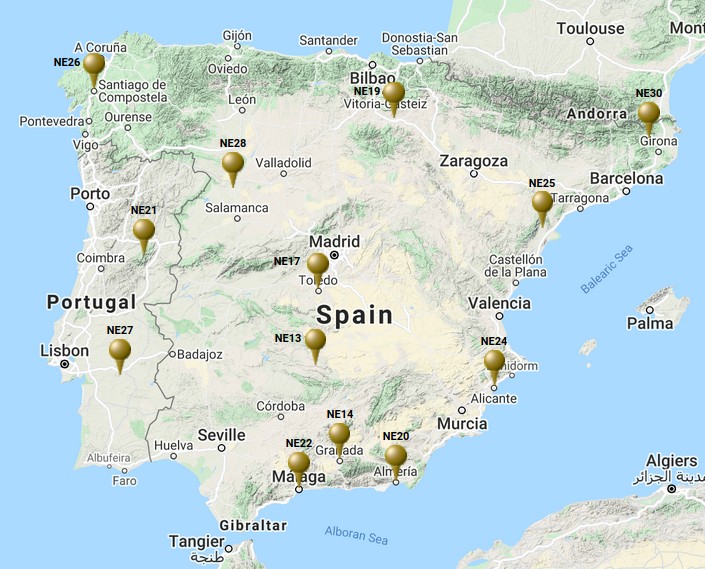
Station list & data
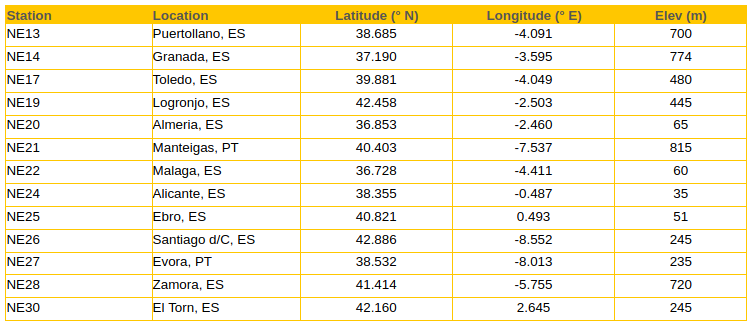
Alsina, D., R. Snieder, and V. Maupin, A test of the great circle approximation in the analysis of surface waves, Geophys. Res. Lett., 20, 915-918, 1993.
Alsina, D., Broadband seismological data studies; Validity of assumptions in surface wave studies and detailed structure of the upper mantle, Geologica Ultraiectina, 138, 163 pp., 1996.
Badal, J., V. Corchete, G. Payo, L. Pujades and J.A. Canas, Imaging of shear-wave velocity structure beneath Iberia, Geophys. J. Int., 124, 591-611, 1996.
Diaz, J., J. Gallart, A. Hirn, and H. Paulssen, Anisotropy beneath the Iberian Peninsula: The contribution of the ILIHA-NARS broad-band experiment, Pure Appl. Geophys., 151, 395-405, 1998.
Paulssen, H., The Iberian Peninsula and the ILIHA project, Terra Nova, 2, 429-435,1990.
Paulssen, H., A.L. Levshin, A.V. Lander, and R. Snieder, Time and frequency dependent polarization analysis: anomalous surface wave observations in Iberia., Geophys. J. Int., 103, 483-496, 1990.
Paulssen, H., and J. Visser, The crustal structure in Iberia inferred from P-wave coda, Tectonophysics, 221, 111-123, 1993.
Equipment
Datalogger
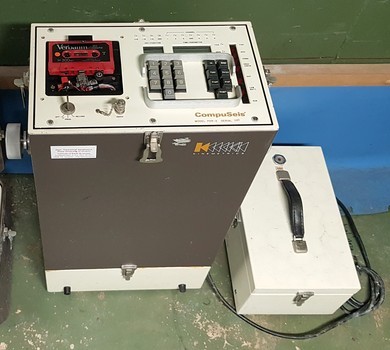 The Kinemetrics digital event recorder PDR-2 was one of the first mobile data loggers equipped with a microprocessor and therefore had a very low energy consumption. In the event of a power failure internal batteries took care to bridge this time. Data storage was done on a cassette tape. A 12 bit analog to digital converter (ADC) with gain ranging gave a dynamic range of more than 100dB. Time could (optionally) be synchronized with the GOES satellite, but due to the unfavorable position it could not be used at our locations. Alternatively we used the German long wave time signal called DCF77.
The Kinemetrics digital event recorder PDR-2 was one of the first mobile data loggers equipped with a microprocessor and therefore had a very low energy consumption. In the event of a power failure internal batteries took care to bridge this time. Data storage was done on a cassette tape. A 12 bit analog to digital converter (ADC) with gain ranging gave a dynamic range of more than 100dB. Time could (optionally) be synchronized with the GOES satellite, but due to the unfavorable position it could not be used at our locations. Alternatively we used the German long wave time signal called DCF77.
Data storage was approximately 10 hours at a sample rate of 125 ms. Due to the limited storage capacity, a trigger algorithm based on the short (STA) and long term (LTA) average had to be used.
Playback
The cassettes could be read on a PDR-2 which was connected to a computer. With a separate reading unit, the “Compuseis model CTU-1” and a chart recorder, the signal could also be displayed in the field. Later a TRS-80 portable computer was used for this. A plot program, written in “Basic”, showed the signal on a small LCD screen. Not a high accuracy, but a lot easier to carry than the CTU-1 with chart recorder.
- TRS-80
- CTU-1 with Linseis chard recorder
Seismometers
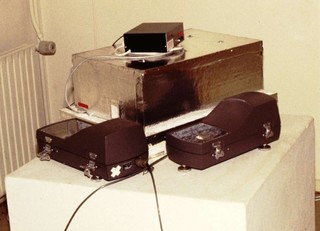 The seismometer setup consisted of two horizontal Kinemetrics SL-220 and one vertical SL-210 seismometer. The sensors were tuned to a eigenperiod of 12 seconds and by using a preamplifier with shaping filter, the lower frequencies were significantly enhanced. This made the vertical seismometer very temperature sensitive, requiring thermal insulation by a temperature controlled polystyrene box. The double-walled box, the inner box of which was lined with stone, was kept electronically at a fixed temperature.
The seismometer setup consisted of two horizontal Kinemetrics SL-220 and one vertical SL-210 seismometer. The sensors were tuned to a eigenperiod of 12 seconds and by using a preamplifier with shaping filter, the lower frequencies were significantly enhanced. This made the vertical seismometer very temperature sensitive, requiring thermal insulation by a temperature controlled polystyrene box. The double-walled box, the inner box of which was lined with stone, was kept electronically at a fixed temperature.
Timing
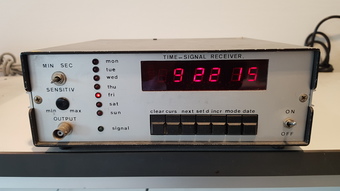
For time synchronization a DCF77 receiver, design by Elektor (1981), was built and modified to automatically synchronize the PDR-2’s internal clock to the nearest second. DCF77 is a German standard frequency long wave time signal and radio station near Frankfurt am Main broadcasting at 77.5 KHz. The signal carries an amplitude modulated, pulse width coded 1 bit/s data signal. A 0.1 second pulse is a digital “0” and 0.2 second a “1”. The whole minute is marked by the absence of the 59th second. The receiver converts this into a pulse that was superposed on the E / W signal of the PDR-2 data logger. It served as an extra check, should the clock elapse for more than 0.5 second due to circumstances.


